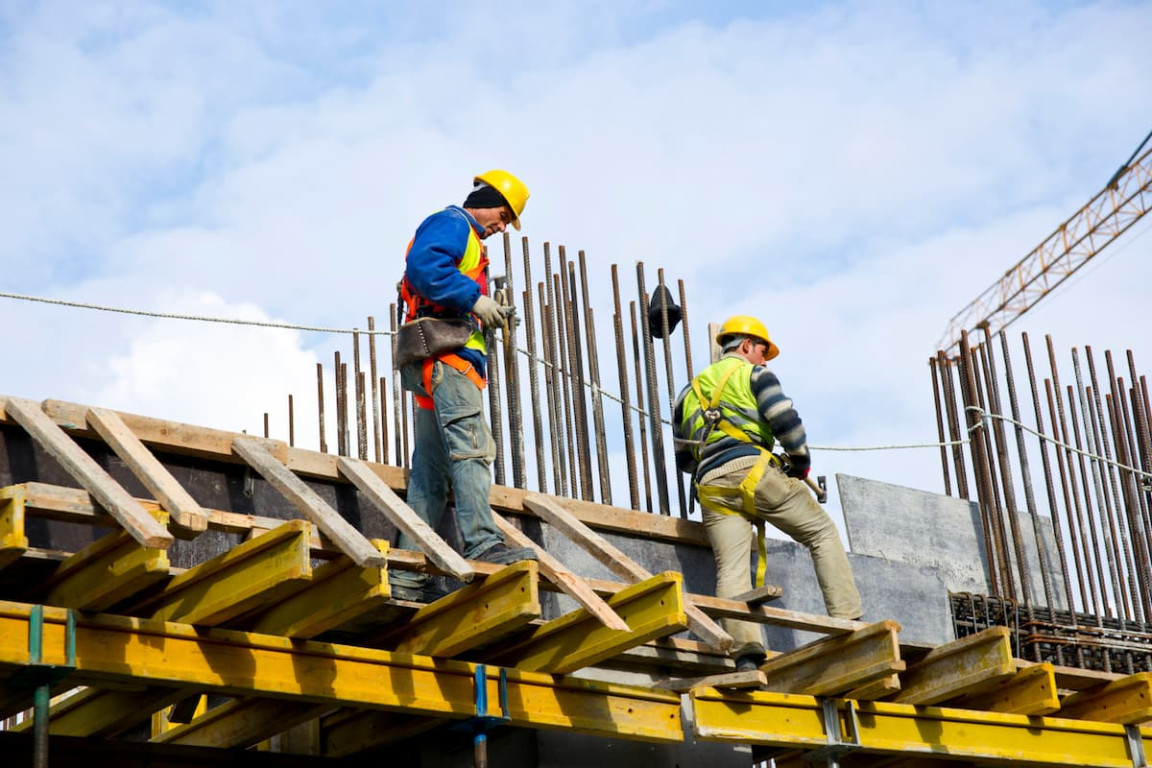Investing in real estate can be one of the most rewarding financial moves you make, but it requires a sharp eye and careful consideration. With the right strategies, you can discover prime real estate deals that will generate long-term wealth and provide consistent returns. Whether you are a novice or a seasoned investor, knowing how to identify housing investment hotspots and finding undervalued properties is crucial. Let’s explore the key steps for spotting the best housing investment opportunities.
1. Research Housing Investment Hotspots
One of the most important aspects of real estate investing is identifying locations that show promise for future growth. These areas are often referred to as housing investment hotspots, and they are typically characterized by rapid development, increasing demand, and improving infrastructure. Spotting these regions early can give you a significant advantage in securing properties before prices skyrocket.
Look for areas that have seen an influx of businesses, tech hubs, or major development projects. Cities or neighborhoods that are close to new transportation networks or urban regeneration schemes are often ripe for investment. This growth attracts new residents, which increases demand for housing and drives up property values. Local government plans for infrastructure improvements, such as new roads or schools, also play a critical role in making an area more desirable.
2. Analyze Market Trends
Staying up to date with market trends is essential when seeking top housing markets to invest in. By analyzing long-term and short-term market data, you can gain valuable insights into which areas are likely to experience appreciation. Real estate trends such as the median home price growth, rental yield potential, and the overall economic outlook of a region provide a clear picture of its future prospects.
For instance, a market experiencing high levels of job creation and population growth is more likely to have a strong housing market. On the other hand, areas with declining industries or diminishing job opportunities could experience stagnation. Regularly reading reports and data on local housing markets will help you make informed decisions and avoid poor investments.
3. Look for Undervalued Properties
One of the best ways to spot an excellent housing investment is by finding undervalued properties. These are homes that are priced lower than their potential market value due to factors such as cosmetic issues, location quirks, or being under the radar of most buyers. Identifying these properties requires a keen eye for detail and the ability to recognize opportunities that others may overlook.
A key strategy for uncovering undervalued homes is to look for distressed properties. These are houses that need some TLC, whether it’s through repairs, renovations, or a simple change in property management. With the right renovations, you can often flip these homes for a significant profit or turn them into lucrative rental properties. For example, a property in need of cosmetic upgrades, such as fresh paint or landscaping, can often be purchased at a lower price and quickly increased in value with a few simple improvements.
Additionally, focus on neighborhoods that may be undergoing revitalization or areas where property prices are historically lower but have signs of upward potential. Analyzing data on comparable sales (comps) can also help you identify opportunities where you can purchase a property below market value and make a profit in the future.
4. Understand Supply and Demand Dynamics
A solid understanding of supply and demand dynamics is critical to success in housing investments. Areas where demand consistently outpaces supply are more likely to see property values rise steadily over time. This is especially true in cities experiencing population growth or in desirable regions that attract businesses and workers.
For example, areas near universities or tech centers tend to have high demand for rental properties. Similarly, if an area is known for its thriving job market, proximity to large corporations, or access to amenities like parks and restaurants, it will likely attract renters and buyers alike. The balance between supply and demand will determine whether your investment is poised for growth.
In contrast, oversaturated markets where supply exceeds demand often result in stagnant or falling property prices. Be sure to evaluate the vacancy rates in the region and the pace at which new homes are being built. Understanding these dynamics can help you avoid making investments in markets where properties may remain on the market for extended periods or fail to appreciate as expected.
5. Assess Long-Term Economic Stability
When considering an investment, it’s essential to assess the economic stability of the area in which you are investing. Identifying prime real estate deals is not just about finding low-cost properties, but about understanding the broader economic picture that will affect the market over time. Areas with strong, diversified economies tend to offer the best long-term investment opportunities.
For instance, cities with growing job markets, especially in technology, healthcare, or manufacturing, provide a stable base for real estate investment. Additionally, regions with solid infrastructure, education systems, and healthcare services are more likely to experience consistent demand for housing. Be sure to evaluate the long-term economic projections of a region before committing to an investment.
6. Pay Attention to Local Amenities and Infrastructure
A key factor in identifying lucrative housing investments is considering the availability of local amenities and infrastructure. Properties located near essential services, transportation hubs, schools, and recreational facilities tend to attract more buyers and renters, which increases demand and, in turn, boosts property values.
New housing developments often spring up near major infrastructure projects, such as new highways, commuter rail lines, or airports. These investments in infrastructure can significantly raise the value of properties in those areas. By identifying where such projects are taking place, you can position yourself to invest early and see substantial returns as the area develops.
7. Work with Local Real Estate Experts
While it’s important to do your own research, sometimes the best way to find prime real estate deals is by working with local real estate agents or brokers who have deep knowledge of the area. These professionals can help you spot emerging trends and properties that aren’t yet on the market but might offer excellent investment potential.
Local experts can also provide insights into neighborhoods that are undervalued, overlooked by the general public, or poised for growth. Their on-the-ground expertise can give you an edge when identifying high-potential opportunities and help you avoid common pitfalls.
Conclusion
Spotting the best housing investment opportunities requires a combination of research, market awareness, and a keen eye for potential. Whether you’re looking to invest in high-demand regions, finding undervalued properties, or targeting areas with strong economic growth, there are plenty of opportunities to maximize returns. By following these strategies and staying informed about housing investment hotspots, you’ll be well-positioned to make smart, profitable real estate decisions that will yield long-term rewards.




:max_bytes(150000):strip_icc()/__opt__aboutcom__coeus__resources__content_migration__mnn__images__2018__03__shutterstock_1051823762-0b00dcf9cd99473cabaff5546d745b0a.jpg)